Electronic Lebanon 19 October 2006
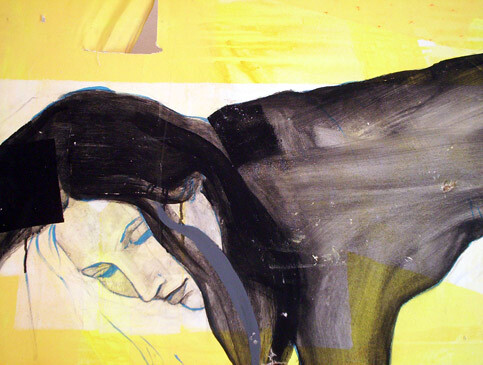
Nour Balooq
The loss inflicted by the Israeli war on Lebanon is measured in the 1,400 people killed, the thousands maimed (with more continuing to be killed and maimed by the hundreds of thousands of cluster bombs left behind), the hundreds of thousands displaced or left homeless, and the wholesale destruction of infrastructure essential to life.
And yet there is even more loss, impossible to put a number to and irreplaceable.
Colonial wars of aggression like the one waged by the US in Iraq or the slow genocide carried out by the Jewish state against the Palestinian people have a more profoundly destructive effect than the most brutal barbarian invasions of old because they aim deeper, into the very soul of the nations under attack.
More than the lethal pounding that levels structures and crushes lives, the attempt to reconfigure “a new Middle East” by first “bombing it into the stone age” attacks the country’s identity, culture and national memory, seen by the aggressor as stubborn obstacles to the new, featureless global order at their command.

Abdulla Khalil
Repositories of national identity, culture and collective memory (like the plundered and damaged museums and ancient art of Iraq or the Orient House in Jerusalem from which so many important historical documents were destroyed by the Israelis) sustain national consciousness and a sense of national unity without which a besieged nation under occupation collapses and splinters into chaos, fear and sectarian violence.
In 1982, the Museum of Solidarity with Palestine in Beirut was destroyed by Israeli bombardment and with it priceless works of art were lost. In 2002, in one of the many Zionist incursions into the West Bank, the IDF soldiers ransacked the Sakakini Cultural Centre, blasted paintings and sculptures to smithereens and stole the contents of the safe. They also expressed their desire for peace and mutual respect by invading the Palestinian Authority Ministry of Culture offices where they defecated in file cabinets and on copying machines and smeared the walls with faeces.
Israel has been perpetrating these vile acts against the Palestinian culture, its heritage and its symbols since its early days and it did so in Lebanon repeatedly. This time around the occupation was thwarted in Lebanon by the unflinching heroism of the resistance forces, but the severed and jagged nerves of cultural loss are in plain sight, jutting out of the mangled body of the vastly devastated country. Even when it is not “targeted,” the Zionist destruction is never random; it is purposeful: saturation bombing is by definition and intent comprehensive, all-inclusive and annihilating. “Nothing is safe [in Lebanon], as simple as that,” Israeli Brig.-Gen. Dan Halutz said.
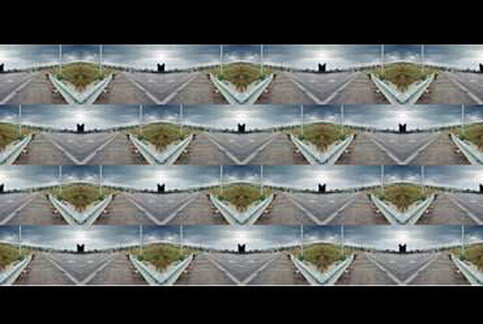
Abdulla Khalil
The number of Lebanese artists who have lost their life’s work as well as their treasured art collections and books in the Zionist bombing orgies is not known at this time. Anecdotal information comes through from time to time serendipitously and their names line up in no particular order, irrespective of the artists’ ages, their religion or place of residence, their styles, or the height of renown previously achieved, They are as diverse as Lebanon itself, yet united, as Lebanon must remain, by one common denominator, that being innocent victims of the Zionist aggression. Here are only a few, listed simply in alphabetical order:
Abir Arbid, Ayman Baalbaki, Fawzi Baalbaki (the father of the artists listed above and below), Saeed Baalbaki, Noor Balooq, Ahmad Bazoun, Suzzane Chacaroun, Youssef Ghazzawi, Izzah Hussian, Abdulla Kahil, Ali Qaessi, Akram Qansou.
Asked to comment on the loss of their work, artists are typically reluctant to describe their feelings about it given the tremendous loss in human life and the overall destruction of the country. Yet they acknowledge the intent of cultural genocide behind the devastation, noting (as one did):” They are trying to kill us, not only physically, but spiritually as well, but they will never succeed.”
In an interview for Artenews Youssef Ghazzawi said: “I see this war as one against our art and culture, against our progress and development, a war against humanity. We want to create beauty and they find an excuse to demolish us.”
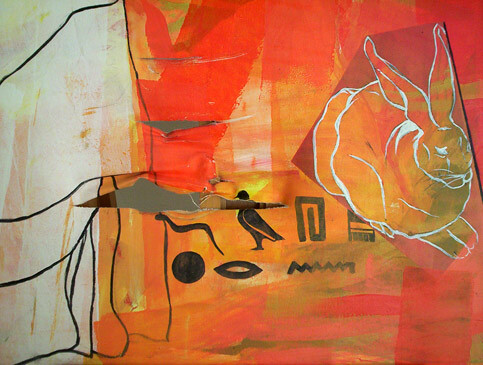
Nour Balooq
Youssef Ghazzawi and his wife, Suzanne Chakaroun, lost their entire life’s work (and a considerable library) when their studio was destroyed by Zionist bombardments for the third time (after previous destruction in 1977 and in 1983).
No single artist, no single work encompasses the richness, diversity and depth of the Lebanese national consciousness and culture, which are, however, diminished if bereft of any one of them.
And yet there is more.
The images of some of the lost art survive in digital records, ghostlike and forever refused to the viewer as real art experience, like architectural drawings of long lost marvels of marble and stone. One cannot walk around a digital image, or view it from a different angle. It doesn’t cast a shadow, itself reduced to a shadow, a mere remembrance of a memory loss.
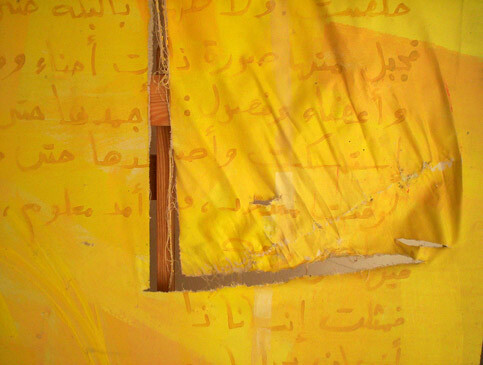
Nour Balooq
The symbolism of much of Lebanese art, although using its own individual vocabulary of images unique to each individual artist, bears a strong resemblance to that of Palestinian contemporary art. This is not surprising because the realities that inform both as well as the emotions that infuse them relate to similar themes: dignity in the face of humiliation, endurance in adversity, faith in victory against unfavourable odds, and the vitality, beauty, and unconquerable thirst for life of the offshoot that grows in the cracks between hard rocks. They express the same aspirations for freedom from occupation, the strength to prevail against aggression, national identity and pride, thirst for beauty.
The extent of the Lebanese artists’ conscious identification with Palestinian art and the emotional universe of the Palestinian artists varies. It ranges from an acute sense of commonality, of being in the menacing cone of shadow of the Zionist state, to a hope against hope for accommodation and a wishful belief in the potential authenticity of the “progressive” Zionist mantra of “we are two people willed by fate to share the same space if only the extremists on both sides would let us do it peacefully.” The massive and indiscriminate Zionist onslaught on Lebanon, however, has shattered that illusion for many Lebanese artists when they became Gazans overnight.
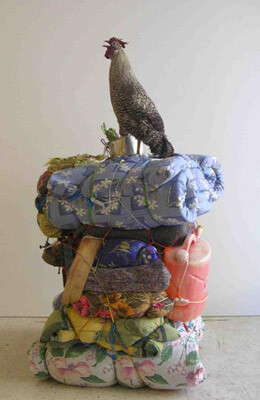
Fawzi Balbaaki
In its own way Baalbaki’s rooster illustrates sumoud as much as Palestinian artist’s Ashraf Fawakhry’s donkey does in “I am Donkey,” although both are that and much more.
These comments are not meant to single out some works and artists; they are simply readily available and largely random examples of Lebanese art that express the indomitable spirit of people whom geography and history have placed in the crosshairs of large and ruthless powers.
There is more to the Israeli destruction of Lebanon than meets the eye. There is more, which is tragically forever lost to the eye.

Assaf Fawakhry
Not too long ago Ahmad Bazoun reminded his colleagues that it was the savage, unspeakable destruction of a whole Spanish Basque village that inspired Picasso to create his most famous work, “Guernica,” so that the memory of it will never be lost. What artists, he asked in effect, could remain unmoved by the sight of the devastation inflicted by the Israeli Blitzkrieg on the southern Beiruti suburb of Al Dahiye? For that matter, the Lebanese artists have a tragically vast reservoir of inspiration: Qana, Bint Jbeil, Maroun el-Ras, Marwaheen and the many other southern towns and villages ravaged by the Zionist barabarism.
Words are also a great preserver of memory, as Mahmoud Darwish’s poetry demonstrates (“I have learned and dismantled all the words to construct a single one: Home.”), but they cannot convey, much less preserve, the sensorial, intellectual and emotional experience of visual art because words inhabit a different space in the individual and national consciousness.
Yet such an irretrievable loss cannot be allowed to pass in silence. It would take a monument of words to commemorate the loss: one made up of reverent remembrance whispers, cries of anguish, and a thunderous refusal to forget both the loss and the wound.
Mulham Assir is a Lebanese writer based in Beirut and Madrid
Related Links


